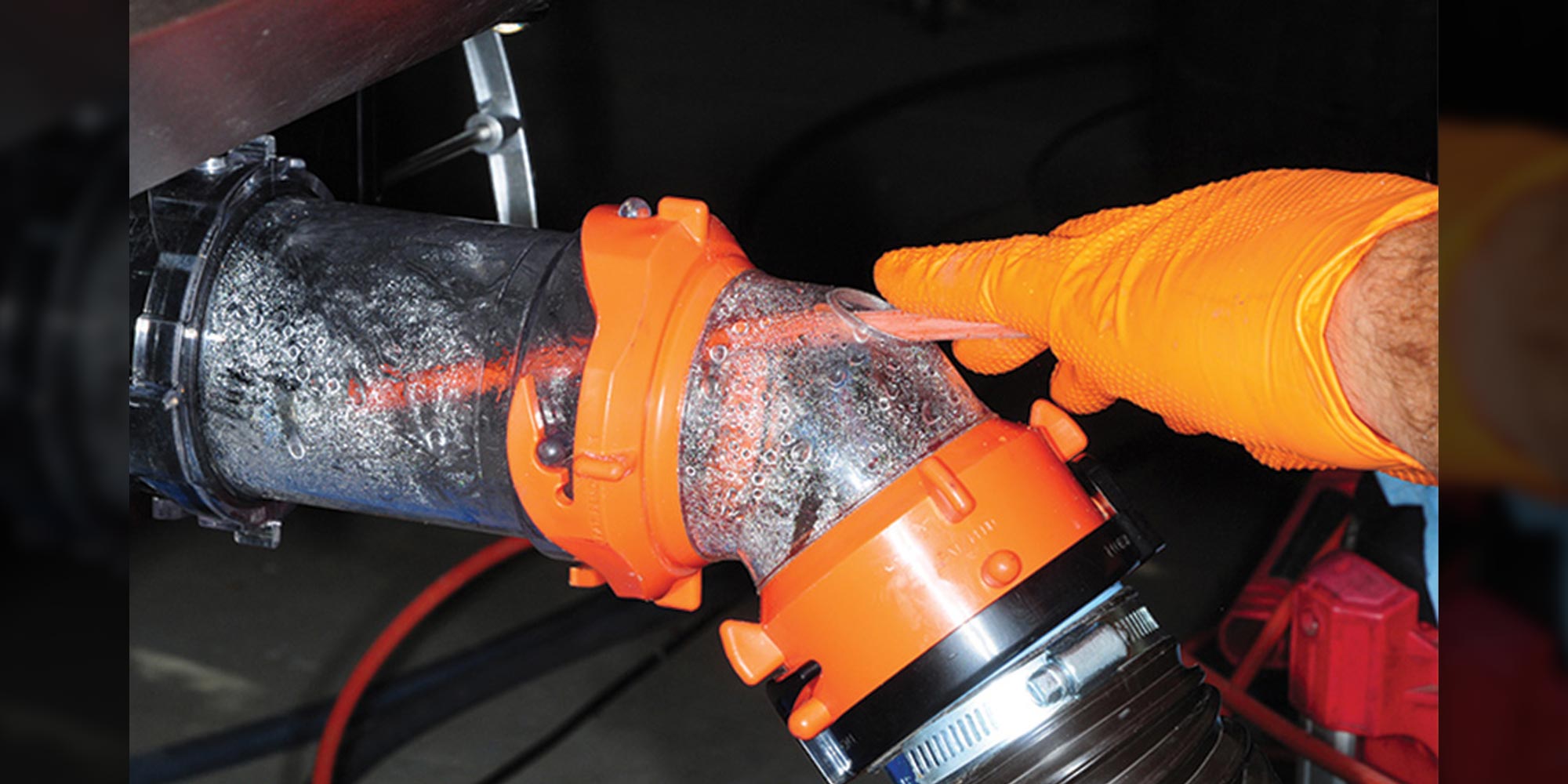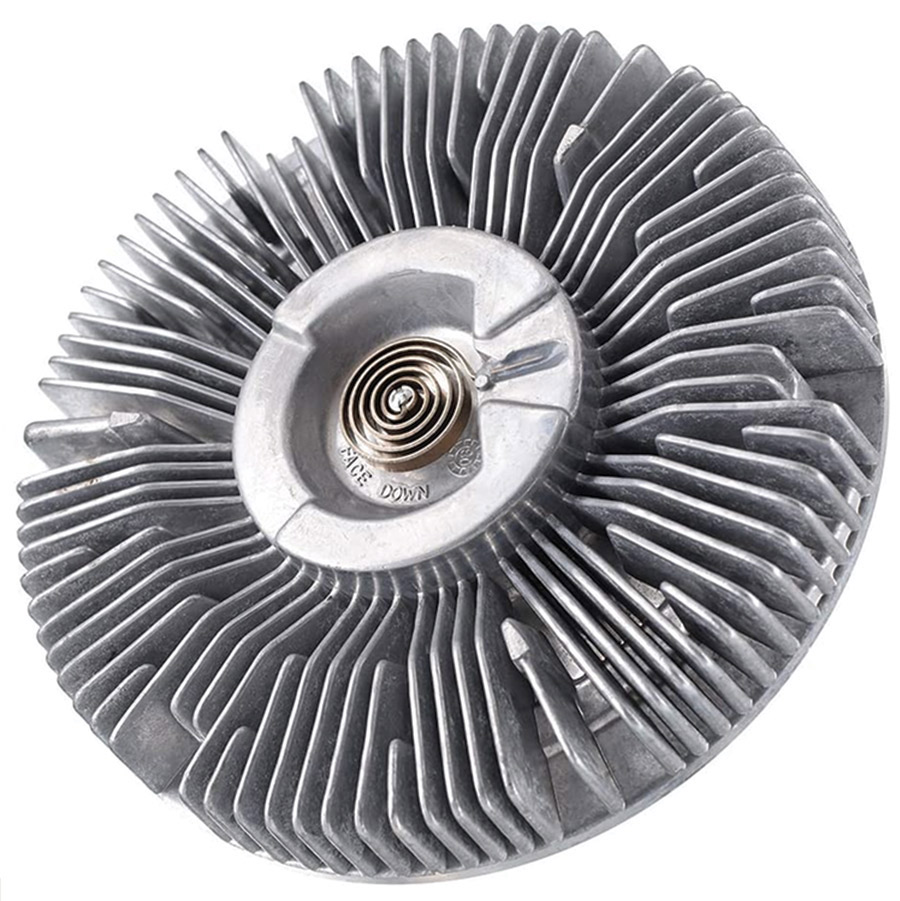Technically Speaking – Q&A: October 2022

— Diane Waterhouse
Diane, great question — and the answer is “yes” I do use chemicals in both the black and gray tanks, but less often in the gray tank. I add chemicals to my black tank after every dumping and flushing; my go-to chemical is Thetford Aqua Kem blue, which does have formaldehyde, but seems to be best for odor control. Odor control is especially important when the weather is hot — most chemicals without formaldehyde do not stand up well to the hot weather.
I also use a tank cleaner periodically and have the tanks professionally pressure-cleaned once a year — about the time that passes before the monitor becomes erratic. Cleaning the tanks with high pressure will strip water deposits and other materials that have become stuck to the walls over time. There are companies throughout the U.S. that specialize in this procedure and offer mobile service. After cleaning, your monitor should be restored to accuracy, which has always been the case in my fifth wheel that I live in full time.
Got Gas?

Manometers can be purchased online from Amazon and other sites. This Camco gas pressure test kit was located at etrailer.com.

Manometers can be purchased online from Amazon and other sites. This Camco gas pressure test kit was located at etrailer.com.
Bill, we frequently travel and camp in our fifth wheel trailer to high altitude areas that are mostly off the grid. We’ve been having trouble with our refrigerator lately and one of my fellow campers said that the gas pressure needs to be modified when using the refrigerator in altitude. We are usually parked at around the 7,000-foot level depending on the campground. I do not have any way of checking the gas pressure nor are there any repair shops in the area. I don’t understand why the gas pressure would change in altitude. Can you clarify for me?
— Pete Johnson
Pete, your fellow campers are correct when they say that gas pressure is directly affected by altitude. Unless you carry a manometer there’s absolutely no way of keeping track of the gas pressure as you go up and down in altitude. Water heaters, stove tops and furnaces are less affected than the refrigerator, which depends on proper gas pressure to maintain its BTU output. Something to keep in mind, too, is the age of the automatic changeover gas regulator, which should be changed every five years regardless of whether it’s functioning properly or not.You should set the regulator at approximately 11½ inches of water column — and as you go up in altitude, it technically should be adjusted if you want the refrigerator burner to function optimally. This requires resetting the gas pressure as you go up several thousand feet of elevation gain. If you have a manometer, the gas pressure can be reset. Just make sure you reset again when going to lower altitudes.
Resetting every time you change altitude is not practical, but this practice should be reserved when you stay in areas for a while that are above 7,000 feet. Purchase a dial manometer and learn how to use it, which is actually quite simple if you have a 3/8-inch flair to ¼-inch barb fitting that can be inserted in the gas line going to the stove regulator. If you haven’t done so, I would also service the refrigerator to include cleaning the burner orifice — which could be part of your problem.
The Ripple Effect


— Dexter Johnson
One of the reasons to keep a battery in the system is to prevent AC ripple, which is a variation of DC voltage coming from the converter that has been derived from AC power. This ripple effect can damage your control boards. Another reason for the battery(ies) is that they act as a giant capacitor to smooth out voltage spikes. If you’re concerned about access in order to add water to an open cell battery(ies), consider going to an AGM battery so you won’t have to keep track of the electrolyte level. You will need to check for corrosion on the terminals periodically. Theoretically, you could even use a starting battery since you’re not going off the grid.
Reading Material

We’ve used self-drilling drywall anchors in a number of areas in our RVs to help provide better mounts and increase storage capability

We’ve used self-drilling drywall anchors in a number of areas in our RVs to help provide better mounts and increase storage capability
Bill, I mounted a magazine rack on the wall near my sofa in my motorhome and, after about a year, it came off the wall as there was just simply not enough backing behind the thin paneling. I tried a couple of plastic anchors I had laying around, but they also pulled out of the wall. Okay, maybe the rack is overloaded with too many magazines, but do you have any suggestions for a type of a wall anchor that could support a heavy magazine rack? If there is a solution, I would love to mount another magazine rack on the other side of the sofa to store even more magazines. Obviously, we love to read.
— John Eichenberger
John, where there’s a will there’s a way. One of the things that I found very effective is to use drywall anchors. These anchors come in various sizes and materials, such as pot metal or plastic. A lot of them are self-drilling so you will not need a drill bit to have them installed. If the wall is flimsy, you may need to use the drywall anchors and a couple of furring strips to support the drywall anchors before mounting your magazine rack. Furring strips could be something like a 1 x 2 that is mounted horizontally. The furring strips could even be mounted with four strong drywall anchors, which I believe would prevent the magazine rack from ever coming loose again.
Blowing in the (Hot) Wind


— Sam Winchester
I own on a 2017 Ram 3500 with the Cummins turbo diesel and, yes, the fan is extremely loud when engaged while climbing steep grades and pulling my 17,000-pound fifth wheel. The first time it happened I was alarmed at the decibel range, so I researched the situation and found that the high noise level is typical of the fan clutch on a Cummins turbo diesel. If you think about it, the Cummins is a big diesel engine and it needs a lot of air movement to cool it down when pulling a big fifth wheel up steep grades in hot weather.
Are you stymied by a technical problem with your RV? Write to RV Enthusiast Technical Director Bill Gehr at [email protected]. Bill will answer inquiries as space permits.
Already a Subscriber? Click here for Access to the Full Issues.

